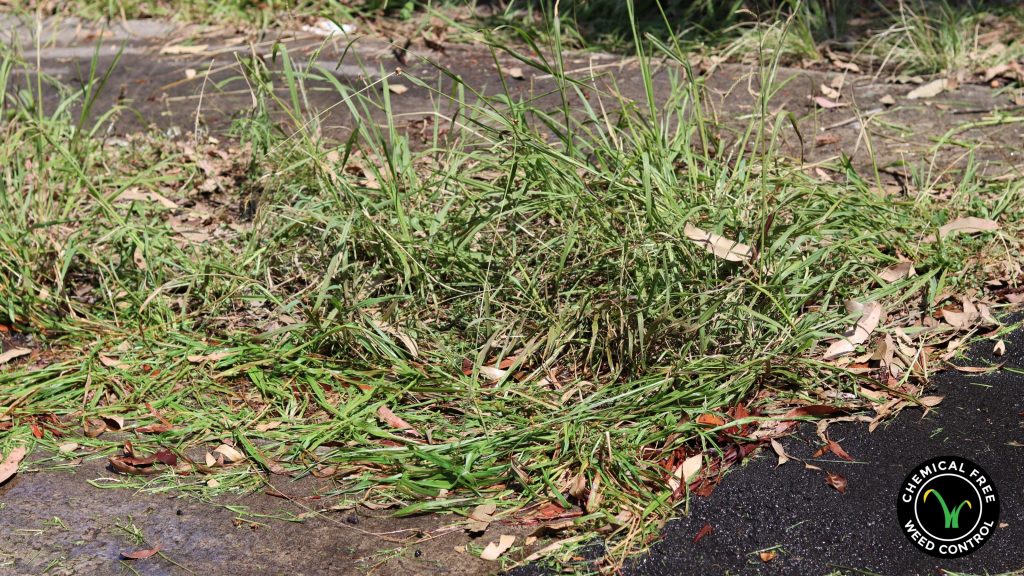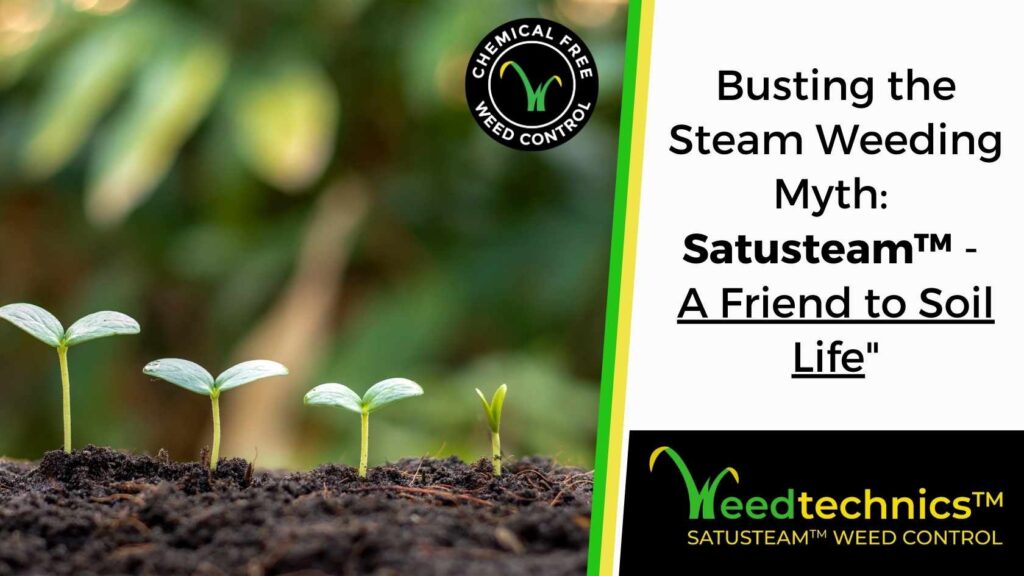[vc_row][vc_column][/vc_column][/vc_row]
In its simplest definition, weeds are plants growing in the wrong place. Most of these plants commonly occur in vineyards, walkways, pavements, lawns, and gardens. There are almost 8000 species of weeds in the world and it’s important to know when to identify a weed if you see one.
In this article, we’ll highlight all the key things you need to know when it comes to weeds – what they are, how they grow, and how you classify them. Let’s get into it.
What are Weeds?
Weeds are plants that grow out of place. Any plant can be considered a weed depending on where they grow. Some common examples include unwanted plants growing in the garden, lawn, farms, vineyards, orchards, and parks. The term weed also applies to any aggressive plant that competes with others for the nutrients present in the soil.

No matter what the definition is, weeds are plants that cause more harm than good. Thus, it’s very important to determine if a certain plant is a weed or not. From there, we can devise ways to exterminate and eliminate them for good.
How Do Weeds Grow?
Weeds have different ways to grow in a place where they aren’t needed. As long as several conditions are met, they can persist and continue to grow. With enough sunlight, water, and nutrients, they can compete with other plants present in the area. Most often than not, weeds compete stronger than the desirable plants. There are generally four ways in which weeds can spread:
- Wind: Most weeds are spread by being carried by the wind. One example is the dandelion seed head which has a “parachute-like” structure that allows it to glide with the wind.
- Animal Dispersal: Some weeds may spread because of animal excretion. Birds may eat seeds which then pass through their digestive system and are excreted in a lawn or garden. With enough nutrients and water, these seeds may grow into unwanted plants.
- Rain: Weeds can also grow on sidewalks and edges because their seeds got carried away and deposited in the crack and crevices by the rain. Like the wind, rain can also disperse seeds in areas where they’re unwanted for growth.
- Carriers: Seeds may also stick with animal fur or human clothing, and drop in a lawn or garden. As long as the conditions for growth are met, these seeds will proliferate.

How Do You Classify Weeds?
Becoming an expert in determining a weed’s identity requires years of education and tons of experience. However, that doesn’t mean that we can’t identify them based on some of the prominent common characteristics that they possess. Weeds can be classified according to their common features such as gross morphology and life cycle. By gross morphology, weeds can be categorised as grasses, sedges, and broadleaf weeds. On the other hand, they can also be classified as annuals, biennials, or perennials based on their life cycles.
By Gross Morphology
Gross morphology refers to the set of structures to help identify a particular organism. By gross morphology, weeds can be classified into three broad categories:
- Grasses: The most common weeds often occur as grasses. They have grass seedlings with one seed leaf (monocotyledon). Their leaves are also characterised by long and narrow leaves with parallel veins. Some examples include crabgrass and goose grasses.
- Sedges: Sedges are often characterised by their solid and triangular stems. They have a three-ranked leaf arrangement emerging from a single node. Sedges include nut grasses and nutsedges.
- Broadleaf Weeds: In contrast to grasses and sedges, broadleaf weeds have broad, flat, and expanded leaves. The surface of the leaves contains a distinct network of veins that is parallel for monocots and netted for dicots. Examples of broadleaf weeds are dandelion and clover.

By Life Cycle
Weeds can also be categorised by their life cycle. Some of them are seasonal while other species persist year-round. Here are the three categories of weeds by life cycle.
- Annuals: Annual weeds complete their life cycle within the year. Most of them would reproduce seeds while others may produce adventitious roots or prostrate stems. A prominent example of an annual weed is chickweed, which germinates during spring and autumn.
- Biennials: Biennial weeds can live more than a year but less than two years. They usually emerge, germinate, and grow during the first year, and mature and reproduce during the second year. The most common biennial weeds include Dandelions and Thistles.
- Perennials: Weeds that live longer than 2 years are classified as perennials. They reproduce in a lot of ways, either by seeds or by creeping stems. Some examples of perennial weeds include Cat’s ear, Clover, and Creeping Oxalis.

Conclusion
No plant is a weed as long as they grow in the right environment where they’re wanted. Since weeds are considered plants growing out of place, their natural occurrence in that particular place inflicts negative consequences. Thus, it’s important to determine whether the plant growing in the area is a weed or not. Aside from qualitative characteristics, there are also tools and apps available that can help you specifically identify a plant or weed. Nevertheless, we hope that through this article, you get to learn about the unifying characteristics of weeds to be able to identify them gain deeper insights about them.

